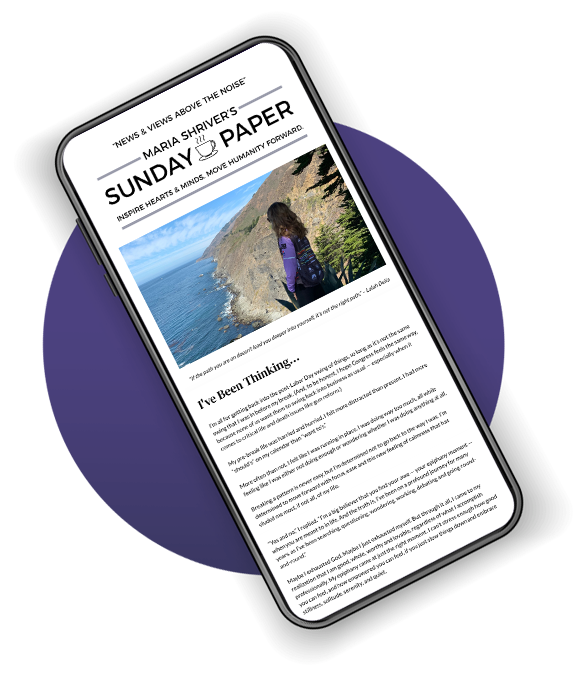The History Behind Why and How We Vote in the United States

Americans may be divided on countless political issues, but we have a few things we agree on nearly universally. Colorful sunsets demand to be photographed, ice cream is a nice treat on a hot day, and, more seriously, the right to vote is essential to personal freedom.
That last one is something a massive 91 percent of us believe, according to a 2017 Pew study. Since we hold the right to vote so close to our hearts, almost all of us also turn out to vote on Election Day, right? Not even close.
In the 2016 presidential election, 61 percent of eligible Americans voted. Because midterm election turnout typically lags well behind turnout in presidential election years—an abysmal 42 percent in 2014, with some estimates even lower—2018’s 53 percent turnout had voting advocates practically shouting in the streets with delight. Still, nearly half the number of people who could have voted in 2018 chose not to or couldn’t make it. It was a half-empty glass of democracy.
Why exactly are we so lazy? To start, I don’t think we are. We’re stretched for time, we’re stretched for childcare, and, in some places, limited hours to vote don’t accommodate strict work schedules. And even if the majority of us value voting as a right, that doesn’t necessarily translate into explaining to younger generations the importance or the mechanics of voting, and that it’s a right effective only when put into action. Plus, politicians are locked in ongoing battles over whether or not to make registering and voting more convenient, and which side wins that debate varies from state to state.
Many of our fellow wealthy developed countries have a much higher percentage of their eligible populations voting than we do in the United States. Belgium and Australia, for instance, have turnout rates up to and even over 90 percent. Those two nations’ laws require citizens to vote. Still, other countries that don’t require voting, but which do have less restrictive voter registration requirements, also have very high turnout.
Jeremy Bird, the national field director for Barack Obama’s 2012 reelection campaign, now strategizes for Democratic candidates and progressive organizations. He begins some speeches by asking, “How many people would be here if you had to register for this event 30 days ago? If you had to get a stamp, put it in an envelope
and mail it? None of you would be here!” It’s a fair point. Having to register well before an election is a factor that keeps people from voting.
Bird’s thinking—that registering to vote and voting itself should be made easier—also matches up with the views of a majority of Americans. That same Pew study found that nearly 60 percent of Americans believe that “everything possible should be done to make it easy for every citizen to vote.”
What Are the Voting Holdups?
The first thing to understand about the logistics of voting is that the rules are up to each state to set for themselves. Registration requirements, the voting period, and whether people can vote by mail, in person, or absentee are different—sometimes very different—state to state. As historian James Bryce, onetime British ambassador to the United States, wrote, “I cannot attempt to describe the complicated and varying election laws of the different States.”
It is clear what Bryce meant. Washington and Oregon vote by mail. My mother lives in suburban Houston. She cast her midterm election ballot during Texas’s early voting period, more than a week before I voted on Election Day in 2018, the only day I could vote in New York. (After the 2018 election, New York finally approved early voting.) Some states require IDs, but what counts as proper identification is state-specific; a bank statement works in West Virginia, while a photo ID is needed in Mississippi. That modern- sounding Bryce quote? It’s from 1888. We probably should have achieved more uniformity in 130 years.
That lack of uniformity contributes to the differences in voter participation state to state. Maine and Minnesota are state leaders in voter turnout, with numbers regularly over 70 percent. The two tates allow voters to register the same day as the election and have minimal voter ID requirements. Minnesota also has a long early voting period. Texas and Tennessee are always near the bottom, turnout-wise, both just above 50 percent in the last presidential election. Those states require registration thirty days before an election. Texans can’t register online, and the state requires people seeking to register voters (such as in voter registration drives) to be deputized. Tennessee passed a similar law in 2019 that required training for larger drives and would fine groups who turn in in- complete registration forms. A federal judge called the require- ments a “punitive regulatory scheme,” and put a hold on it going into effect while a lawsuit brought by voters’ rights organizations moves forward. Those groups, including the ACLU of Tennessee, argue the law is designed to stifle minority registration and was created in response to recent drives to register African American voters.
Excerpted from “Thank You For Voting” by Erin Geiger Smith, courtesy of HarperCollins Publishers. Click here to order.
This excerpt was featured in the July 5th edition of The Sunday Paper. The Sunday Paper inspires hearts and minds to rise above the noise. To get The Sunday Paper delivered to your inbox each Sunday morning for free, click here to subscribe.


